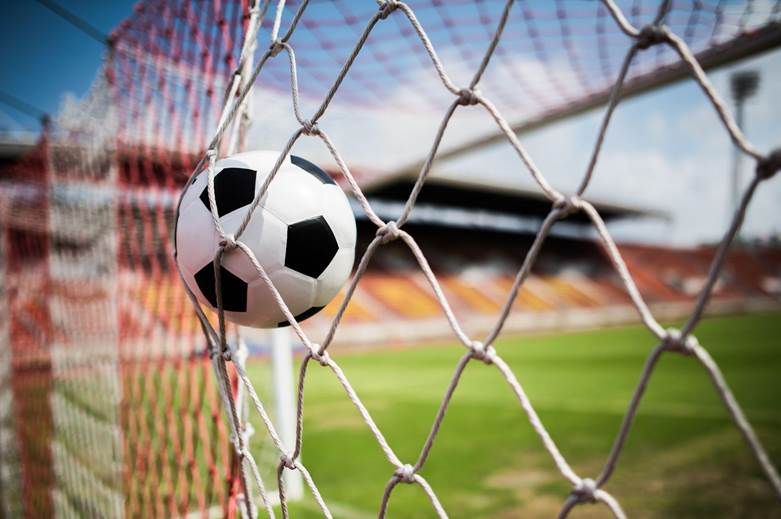CTE: Football’s Growing Medical Crisis
Chronic Traumatic Encephalopathy, CTE, has been af

Chronic Traumatic Encephalopathy, CTE, has been affecting boxers since 1920. However, it surged into national awareness in 2007, when Andre Waters got a brain injury from soccer. His brain damage led to misery and his death by self-slaughter.
CTE has been found in more than 300 previous N.F.L. contenders. Andre Waters’ condition was the third death in N.F.L., and his death brought the disease to the limelight.
What is Chronic Traumatic Encephalopathy?
CTE is a neuro-generative disease that causes nerve units in the brain and other parts of the sense organs to worsen and die. It is similar to Parkinson’s and Alzheimer’s disease.
What Causes CTE?
Researchers believe that CTE is caused by repetitive brain trauma or injury to the head. Trauma often leads to a harmful protein build-up in the brain called tau.
A significant type of brain trauma caused by head impacts is a concussion. A concussion is a mild brain injury that causes confusion, nausea, headaches, blurred vision, and headaches. However, these symptoms often go away within a short period. Minor impact hits to the head can also contribute to CTE.
Individuals that play contact sports, including boxing and football, are more susceptible to CTE. This is because blows to the head are often very common in contact sports. According to C.D.C, traumatic brain injuries have increased in the last few decades.
What Are the Symptoms of CTE?
CTE has various symptoms associated with it like other neurodegenerative diseases. They include:
- Memory loss
- Flawed judgment
- Confusion
- Dementia
- Mood personality and behavior changes include depression, suicidal thoughts, aggression, and anxiety.
It is important to note that CTE symptoms often begin long after the person gets a blow to the heed.
How is CTE Diagnosed?
Currently, CTE is only diagnosed by examining the brain after death. However, experts are working hard to develop criteria to diagnose it when patients are alive.
Doctors can make a diagnosis by looking at several factors. They include:
- A player’s clinical history of symptoms.
- Repeated hits to the head.
- Presence of a biomarker that indicated CTE.
How is CTE Treated?
CTE is not reversible or curable. At present, there are no therapies to treat CTE. However, some symptoms can be treated. For instance, mood changes can be treated with behavioral therapies.
Which Sports are Most Affected by CTE?
Soccer, football, boxing, hockey, and rugby are the most common contact sports that pose players at risk of having CTE.
That said, CTE is quite common among N.F.L. players. Boston University CTE center conducted a study on 111 former N.F.L. players. It revealed that 99% of former N.F.L. players tested positive for CTE. The study had several shortcomings, but the high levels of CTE found among former football players were alarming.
History of Football Players and CTE
Mike Webster was the first footballer to die of CTE in 2002. In an autopsy, Bennet Omalu, a forensic pathologist, identified a new kind of brain injury, and he coined it CTE. Although N.F.L. attempts to discount his work, Bennet's work leads to more research and study.
After several years of research and study, the results shook the world of football. With these results, N.F.L. became aware of the problem its sport faces. This made several players retire early in fear that the brutal sport would cause irrevocable brain damage by CTE.
Junior Seau, Dave Duerson, and Waters were diagnosed with CTE after their deaths by suicide. Later on, it was also found in Jovan Belcher, Kansas City Chiefs’ linebacker who killed his girlfriend and shot himself in 2012.
Aaron Hernandez, a former New England Patriot, died in 2013 by suicide after being convicted of murder. CTE was also found in Philip Adam's brain, an N.F.L. defensive back that shot and killed six people in 2021 before committing suicide.
Other players like Larry Johnson, former Kansas City Chiefs, started being cautious of whether certain tendencies were caused by CTE. These tendencies include memory loss, self-destructive behavior, and confusion. He opened up about his self-harm impulses and memory problems.
The longer the footballer’s career, the more likely they will get CTE. The longer the play, the more the severity of the CTE may strike.
With research still ongoing, a lot is unknown. Experts can’t really say how many hits players take to get CTE. It is also hard to tell how long somebody has to play before CTE risks become serious. If anything, different people respond differently to head trauma.
N.F.L.'s Response To CTE
For several years, N.F.L. has repudiated any link between long-term brain damage and blows to the head. However, they have been confronted with tremendous scientific evidence.
Retired footballers brought a class-action legal action against N.F.L., and they admitted the relationship between the blows and contact sports to CTE. They also agreed to a $1 billion compensation.
After the lawsuits, the league stopped using racial methods in evaluating dementia claims. These measures had initially disapproved allowances worth hundreds of thousands of dollars to colored footballers.
With the growing pervasiveness of CTE, N.F.L. developed thorough measures for athletes with head wounds. They installed a head-injury spotter in the press box of all matches. They also have doctors and neurotrauma specialists on the sideline. In addition, they put experts in the locker room for neuro-cognitive testing of injured players.
N.F.L. also strengthened rules against hitting players and quarterbacks who lower their helmets to initiate contact. They even invested hundreds of millions of dollars in helmet and concussion research. They also staged a $3 million grant competition to improve helmet performances and safety.
N.F.L. has had 99 percent of players wear top-performing helmets in recent seasons. They also anticipate position-specific head gears will be initiated in the near future. Other safety steps N.F.L. has taken include:
- Mandatory health and safety education for players.
- Training, medical personnel.
- New guidelines to treat head injuries and concussions.
How Can You Prevent CTE?
Unlike other neurodegenerative diseases, CTE is unique due to its apparent link to environmental exposures. This means that its causes, repeated blows to the head over time, are known and preventable.
Researchers argue that there are plenty of ways to play team sports without hitting players' heads repeatedly. Some researchers argue that future drugs may be able to stop the CTE-related build-up of tau proteins in the head. However, these drugs are being developed and have not been effective.
What Has Been the Impact of CTE?
The number of players over the age of 6 playing tackle football has reduced since 2006. N.F.L. players have spoken about CTE and its related issues. In 2017, Washington Redskins Artie Burns said he actually thinks he might have CTE already.
Seattle Seahawks, Michael Bennet also said he would be open to a CTE test. The increased awareness of head injuries made some players willingly leave games, like the former linebackers Chris Borland and A.J. Tarpley.
Conclusion
Football has been a significant entertainment for players and fans. Football fans can enjoy watching games and even more, betting without KYC to win real money. While players get paid for it, it allows them to showcase fun ways of displaying their abilities. However, exposure to some of its tendencies exposes players to a high risk of contracting CTE.
CTE is common among former football players, and it has no cure. Its symptoms include memory loss, mood, personality and behavior changes, dementia, and flawed judgment. N.F.L. is putting forth various means to minimize cases of CTE, like having medical and neurological experts on the sideline during matches.







